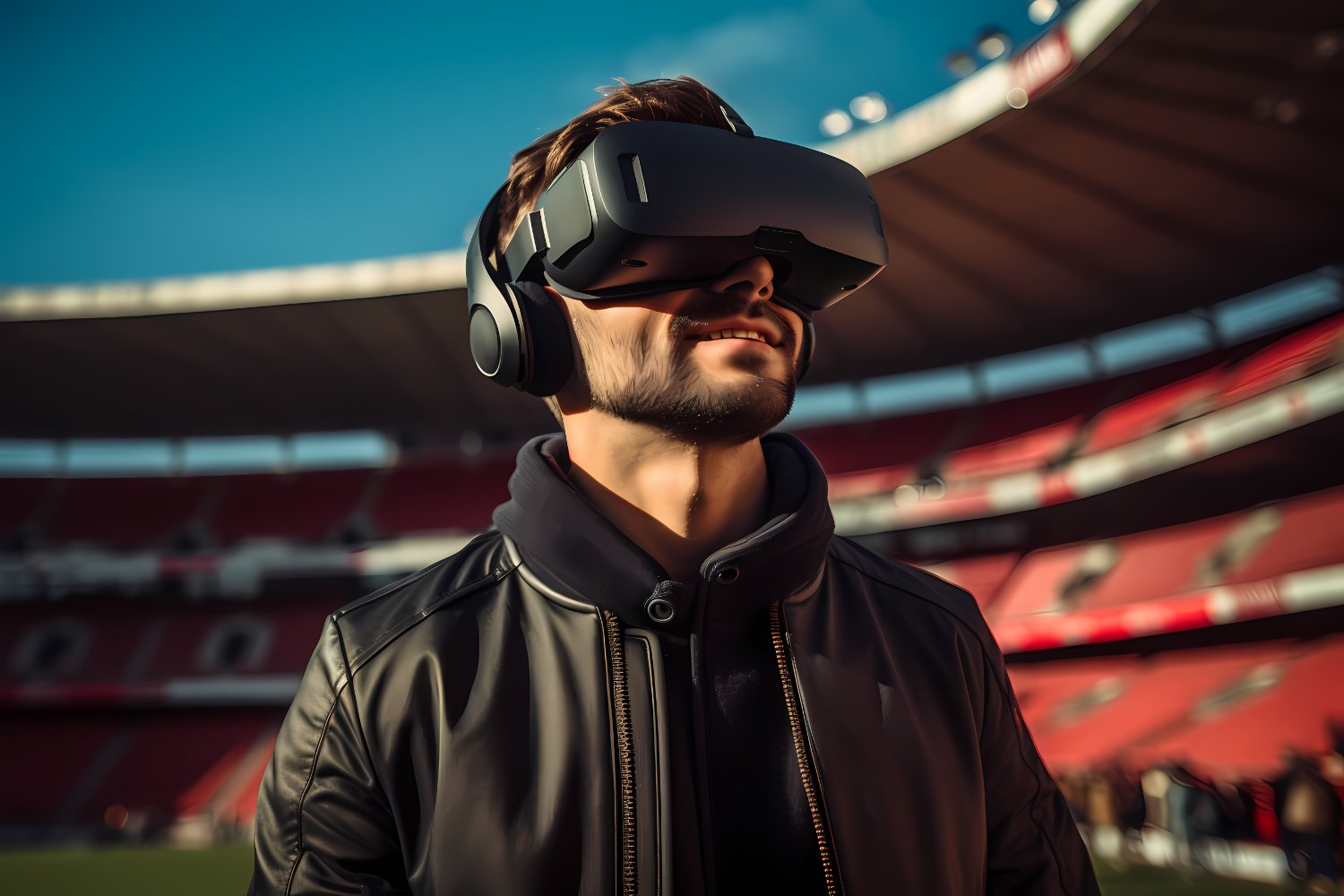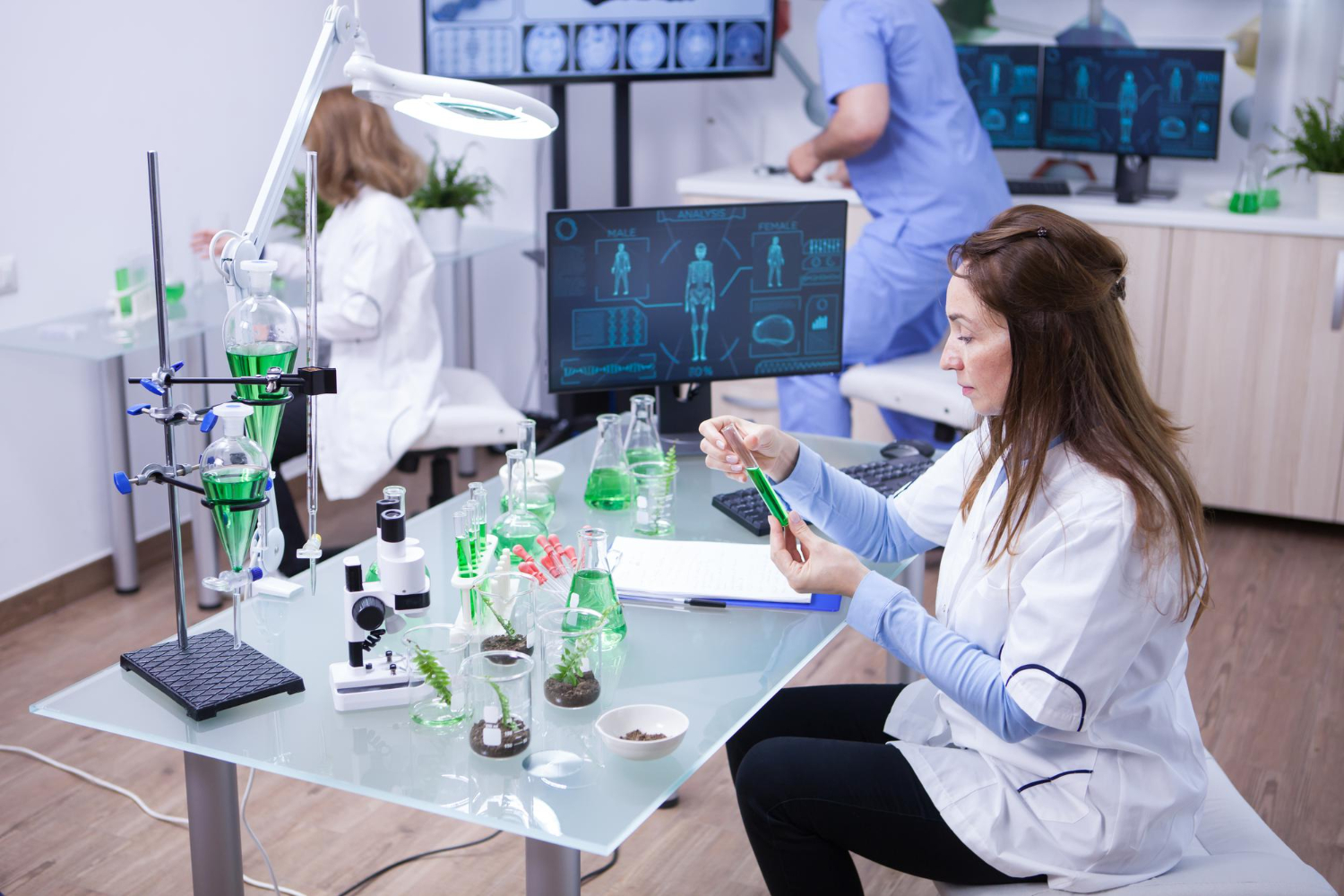Introduction
Technology is transforming how we experience sports, and augmented reality (AR) is at the forefront of this shift. By blending digital elements with the existing real-world environment, it creates immersive and interactive experiences. Whether through an AR app, a mobile device, or a head-mounted display, it is changing how fans engage with games and how players train.
Fans now get real-time data, athletes enjoy advanced training tools, and teams utilise smarter strategies. From football games to live events, augmented elements add a new layer of interaction and excitement to sports.
Transforming Football and Live Events
Football games showcase some of the most innovative uses of augmented technology. During live matches, broadcasters use AR platforms to project player statistics, tactics, and replays onto the screen. This enhances the game-watching experience, making it more dynamic and informative.
In stadiums, fans with a mobile device can access live updates and analytics by pointing their cameras at the pitch. Real-time overlays, such as player heatmaps or ball trajectories, connect audiences to the game in unique ways.
For players, augmented solutions bring new dimensions to training. With a head-mounted display, athletes can simulate match conditions and improve decision-making. This tool helps players prepare for real-life scenarios and refine their skills.
Enhancing Training for Athletes
Training has become more interactive thanks to augmented reality technology. With specialised devices, athletes can view performance metrics overlaid on their field of vision. For example, a tennis player can see the ideal ball trajectory during practice or receive instant posture correction.
Fitness-focused AR apps also help users improve technique. By wearing a device or using a smartphone or tablet, athletes interact with virtual trainers in their real-life environment. This ensures feedback and guidance without needing a coach to be present.
Revolutionising Fan Engagement
Fans are at the heart of these changes. Technology now enables deeper connections with games. For instance, sports enthusiasts can use their mobile device or AR-enabled applications to unlock personalised interactions.
Imagine attending a cricket match and using your ticket to access exclusive augmented reality experiences. These might include 3D replays, player intros, or interactive games in fan zones. Similarly, fans at home can use their devices to project 3D match highlights onto a tabletop, making the game more immersive.
Augmented solutions also bring fans closer to their teams. Many sports franchises offer AR experiences that allow fans to interact with merchandise, stadium tours, or even virtual meet-and-greets with players.
Bridging Physical and Digital Worlds in Esports
The gaming industry, including video games and esports, has embraced augmented technologies. Games like Pokémon GO show how competitive environments can blend with the existing real-world environment to create unique interactions.
In esports tournaments, augmented tools bring characters, effects, and game environments to life. Fans watching these events can use a reality headset to see their favourite heroes appear as if they were in the room. These experiences make digital gaming feel tangible and unforgettable.
Read more: Level Up Your Gaming Experience with AI and AR/VR
Helping Coaches with Strategic Insights
Coaches benefit from using enhanced visuals and real-time data during matches. Using specialised devices, they can identify player movements, formations, and weaknesses in the opposing team. These insights allow them to tweak strategies mid-game.
Training analytics have also improved. Augmented systems allow coaches to track and review player performance in detail. In basketball, for example, coaches can use systems to measure shooting accuracy, positioning, and reaction time. This feedback is invaluable for honing skills and building team dynamics.
Impact on Retail in the Sports Industry
The sports retail sector is also embracing this technology. With augmented tools, customers can now try on gear virtually. By using a smartphone or tablet, they can see how boots, jerseys, or equipment will look without visiting a physical store.
Brands also incorporate interactive elements into marketing campaigns. For example, scanning a product or a poster could reveal bonus content, including 3D animations or promo codes. This makes shopping more engaging while strengthening brand loyalty.
Read more: The AI Innovations Behind Smart Retail
A Companion to Virtual Reality
Though similar to virtual reality (VR), augmented tools differ in significant ways. While VR immerses users in a fully digital world, augmented solutions enhance the existing real-world environment by overlaying virtual elements. This distinction makes augmented systems more accessible and practical for sports-related applications.
By combining the two, event organisers can provide a richer experience. Fans wearing a reality headset could enjoy immersive VR features alongside real-time augmented overlays, such as live match stats or replays.
Read more: Top Virtual Reality Use Cases and Examples
Making Sports Accessible to All
Augmented tools bridge gaps for people unable to attend live matches. Fans with a mobile device can still engage deeply with games from anywhere. This expands the reach of sports content and allows fans from all backgrounds to participate in the action.
For disabled individuals, these technologies are transformative. Interactive elements can simplify navigation within stadiums or provide enriched commentary during matches. This focus on inclusivity makes sports more welcoming for everyone.
Addressing Challenges
Despite its potential, there are challenges to adopting these solutions in sports. Developing systems for interactive engagement can be costly. Not every sports organisation has the resources for large-scale integration.
Compatibility is another issue. Fans may not own high-end AR-enabled devices or head-mounted displays, limiting the audience for these tools. Ensuring that experiences run smoothly across different platforms is essential to solve this.
Finally, balancing digital and physical interactions is key. Overloading events with too many digital elements might detract from the natural excitement of the game. A thoughtful implementation is necessary to keep the focus on the sport itself.
Expanding Real-Time Interactions in Sports
Modern AR technology enables users to interact with the game environment like never before. Fans can use an AR device to gain enhanced insights and visuals while attending matches or watching from home. These devices provide overlays of critical data, such as player statistics, live scores, or even 3D replays. This creates an immersive connection with the environment in real time, allowing users to follow every detail without missing a moment.
Teams are also integrating AR technology into their operations. By equipping coaching staff with AR devices, they can access real-time data during matches to refine strategies. For example, they can view dynamic heatmaps or tactical formations overlaid directly on the field. This level of insight helps them adapt faster and make more informed decisions.
Sports broadcasters, too, are enhancing how they present games. Using augmented tools, they enable users to see replays enriched with player tracking and trajectory analysis. Viewers can experience these features both on their screens and through companion apps.
With AR technology, fans and professionals alike gain unparalleled interaction with the action. It not only makes the experience more engaging but also ensures everyone stays informed and connected in the moment.
Read more: Scoring Big with AI: Innovations in Sports Technology
How TechnoLynx Can Help
TechnoLynx excels in developing innovative solutions for sports. We specialise in creating AR-enabled platforms for training, fan engagement, and marketing. Whether you want to launch an AR app, enhance in-stadium experiences, or integrate interactive content, our team delivers tailored systems to meet your needs.
With our expertise, your organisation can adopt these tools effectively. We ensure seamless user experiences, real-time analytics, and cutting-edge designs. Let TechnoLynx help you bring your vision to life and create memorable augmented experiences for fans and players alike.
Continue reading: Augmented Reality in Cars: AR in the Automotive Industry
Read all about our AR/VR/MR/XR services!
Image credits: Freepik













